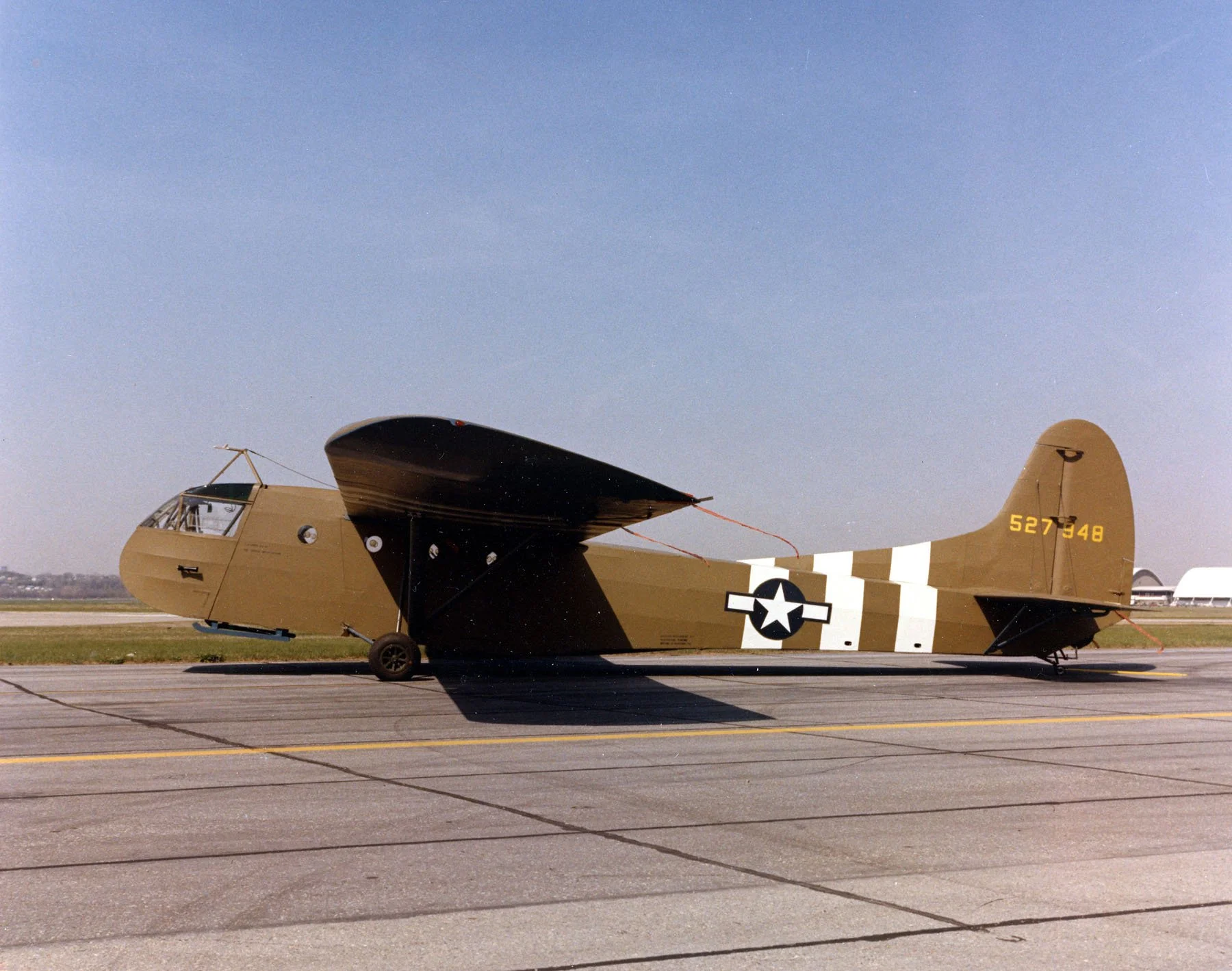What’s the difference? Waco vs Horsa Glider
Germany's use of gliders to assault the Belgian fortress in 1940 and the Greek island of Crete in 1941 encouraged the use of specialized troop and cargo gliders and troops trained to embark from them.
In 1943, Britain and the United States had developed the gliders of the foremost with the Airspeed Horser and the Wacko CG4A respectively. The airspeed AS51 Horser was originally designed to transport paratroopers, a role the Douglas C47 Sky Train assumed as it became increasingly available to conserve metal for more pressing military applications. The Horser glider was made largely of wood aside from the reinforced metal floor, fixed tricycle landing gear and a plexiglass canopy.
Waco Glider
Airspeed rolled out more than 4,000 horses, 400 of which the US Army Air Forces acquired to carry a heavier weapons than their own Wacko could handle. Designed in 1942 by Wacko Aircraft Co., the CG4A was unproposingly boxy but easy to fly. Its fuselage largely comprised fabric covered a steel tubing with a honeycomb wood belly and lower nose and a plexiglass canopy. The upward hinge nose section could be raised for quick exit. Its wings were made of fabric shrouded wooden spars and braces.
Horsa Glider
16 contractors built a total of 13,93 CG4As by the war's end. Although it carried less cargo than the Horser, the Wacko could land in tighter zones and the British used a number of them under the name Hadrien.

